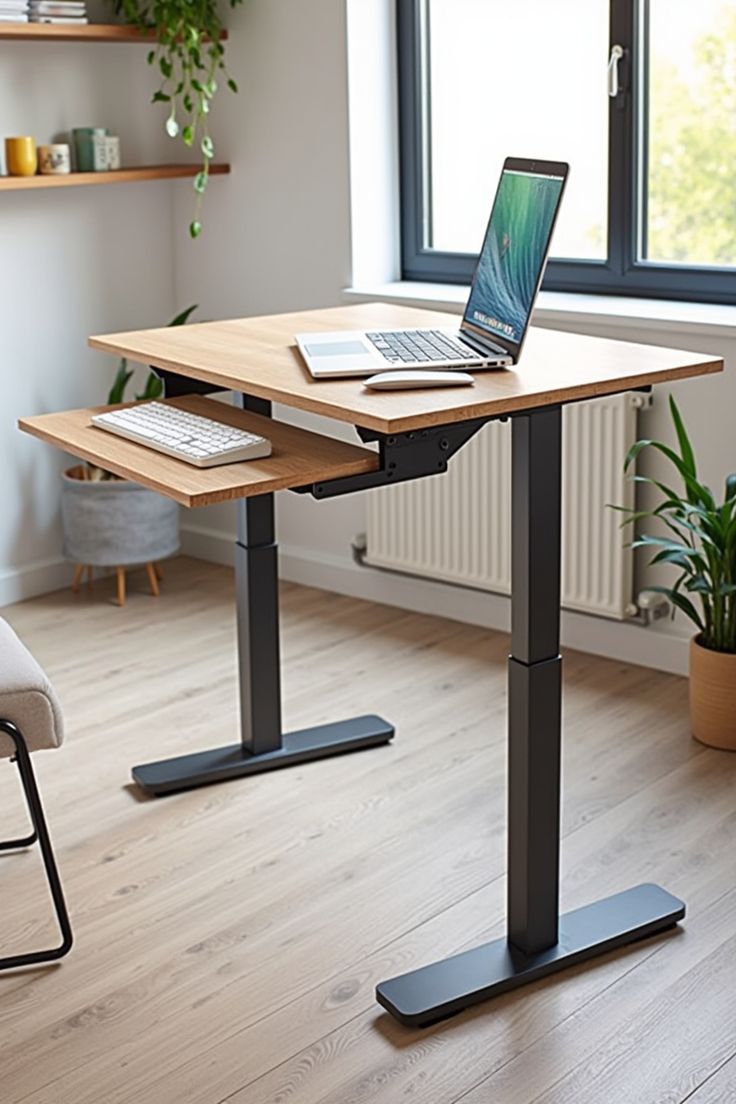Right Business Furniture for a Productive Workspace

Business furniture plays a critical role in shaping the energy, efficiency, and professionalism of any workspace. Whether launching a startup or renovating a corporate office business furniture decisions go beyond appearance they influence daily performance, team morale and client impressions.
Spending hours at a desk, moving between meetings, and hosting clients all demand thoughtful functional furnishings. This guide explores how to select the right pieces, match them to workspace needs and create an environment where teams thrive.
Why Business Furniture Impacts More Than Just Aesthetics
Business furniture is not simply decorative it’s an extension of company culture, workflow, and productivity. Desks chairs storage and conference setups affect how employees interact with one another and how comfortable they feel throughout the day.
Comfort directly connects to focus. When furniture lacks support or space feels disorganized, the result is often fatigue, distraction, and even physical strain. The opposite holds true when the environment supports well-being: productivity rises, collaboration flows, and the space feels motivating.
How to Match Furniture to the Nature of Your Business
Business furniture should reflect how a team works and what the company represents. A creative agency might favor open-plan desks modular seating, and pops of color while a law firm may lean into dark wood finishes, private offices and traditional pieces.
Understanding workflow helps select the right elements. For companies with collaborative teams long workbenches and open lounge spaces encourage idea-sharing. For roles that require concentration, cubicles or partitioned desks reduce interruptions.
Layout and Flow Are Just as Important
Smooth movement through a space increases productivity. Arranging desks to allow clear pathways, choosing chairs that fit under tables properly, and placing shared resources in central areas improves both efficiency and morale.
Storage furniture also makes a difference. Vertical file cabinets or wall-mounted shelves save space in compact offices, while larger spaces may benefit from credenzas or multi-purpose units that combine storage with seating or display.
Exploring the Most Popular Furniture Styles in Today’s Offices
Business furniture trends continue evolving, balancing aesthetics and practicality. Clean lines, neutral colors, and multipurpose designs are especially popular in modern workspaces. These elements help create calming environments while keeping distractions minimal.
Ergonomic chairs are no longer optional they’re essential. Most businesses prioritize seating that supports posture and allows adjustment based on personal comfort. Standing desks, or sit-stand hybrids also continue to grow in popularity as companies invest more in employee wellness.
Materials and Finishes to Consider
Choosing the right materials makes a big impact on longevity and overall style. Laminate and veneer surfaces offer a polished look at a more affordable price, while real wood and metal finishes provide a premium touch with added durability.
Soft materials like upholstery or leather add warmth, particularly in client-facing areas such as reception desks or conference rooms. For high-traffic areas, scratch-resistant coatings and easy-to-clean surfaces help preserve the furniture’s appearance.
Budgeting Smartly When Furnishing a Business
Business furniture can be a major investment, but smart planning stretches any budget. Prioritize high-use pieces like chairs and desks before moving on to extras like storage, breakroom seating, or décor. Function always comes first.
Start with a list of must-have items, followed by “nice-to-have” additions. Having this separation ensures that core functionality isn’t sacrificed for style alone. Often, package deals from local furniture providers offer bundled savings across multiple items.
Local vendors like T Office Furniture also provide options for both purchasing and leasing, which helps businesses stay flexible with budgets. Used or refurbished pieces are another route, especially for fast-growing teams that may need to scale furniture quickly.
Watch Out for Hidden Costs
Delivery, setup, and warranties can quickly add up. Some online sellers offer low sticker prices but fail to mention assembly charges or limited return policies. Local suppliers often include these services or offer custom solutions, reducing long-term hassle.
Sustainability in Business Furniture Choices
Business furniture decisions increasingly include sustainability. Many brands now design products with recycled materials, low-emission finishes, and eco-friendly certifications. This not only reduces environmental impact but sends a strong message about corporate values.
Long-lasting furniture is the most sustainable choice. Selecting pieces with sturdy construction, classic design, and modular adaptability ensures they stay functional even as the business evolves. It’s better to invest once in high-quality furniture than replace poorly built pieces every few years.
Supporting Local Makes a Difference
Choosing business furniture from local suppliers supports community jobs and often results in better customer service. Vendors like T Office Furniture offer face-to-face support, quicker delivery times, and a better understanding of regional needs.
Designing a Space That Inspires and Motivates
Business furniture should do more than fill space it should motivate the people working within it. Natural light, clean design, and organized layouts all contribute to a healthy work environment. Selecting the right colors and textures also plays a subtle but powerful role.
Green plants, soft acoustic panels, and creative desk accessories personalize the office without clutter. Thoughtful design shows employees they are valued, which increases engagement and retention. A space that looks good and functions well creates a ripple effect through the entire organization.
Don’t Forget the Break Areas
Relaxation spaces matter too. Comfortable couches, round tables, and informal chairs in breakrooms or lounge zones give employees a place to reset. These areas contribute to a balanced culture and often spark unexpected collaboration and creativity.




